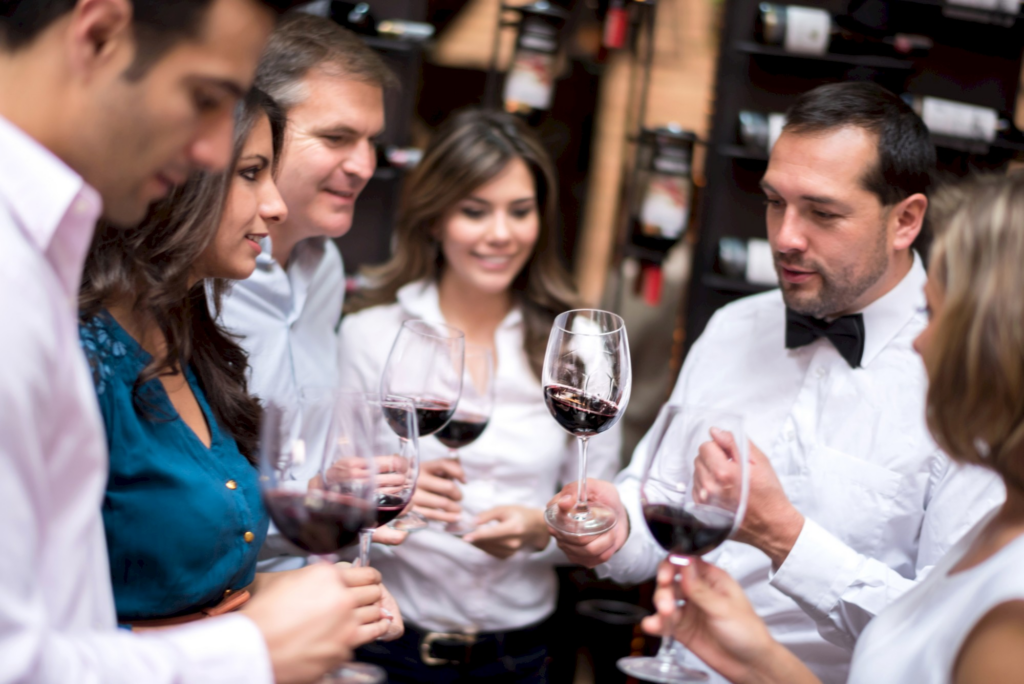It doesn’t happen often, but there are times when we have served wine to someone who has recently gained majority and is eager to learn about wine. There are laws against pouring for anyone under 21 years of age, but we remember that our parents let us have a few sips when we were not quite at that age. We might do the same at home today, but of course that cannot happen at a winery (or any other public place).
Photo courtesy of Willows Lodge.
If you are open to teaching a young taster, you’ll find some challenges. Here are some tips we’ve picked up over time.
- Sip, don’t slurp. For the most part, children are raised drinking milk, water and Coca-Cola. They don’t understand sipping. If they had a few drinks at college, they probably chugged beer or cheap wine. (Most students can’t afford anything more.) So the first step is to get them to slow down.
- “They all taste the same”. It is probably true that whatever wines they have tasted are undistinguished. It’s a good idea to remember what you were drinking at their age. It is also a good idea to give them the chance to try some wine that interests you. It’s likely to have more character than what comes out of a bottle that costs less than five dollars.
- “It still tastes the same”. Tasting one wine, by itself, is not enough to educate them away from what they already know. So serve two rather contrasting wines. Maybe a Cabernet Sauvignon and a Pinot Noir or a buttery California Chardonnay and a New Zealand Sauvignon Blanc. Then ask the young person to describe the difference. First, they immediately recognize that all wines aren’t the same. Second, they begin to find the vocabulary to describe taste experiences.
- The wine tasting procedure. At this point, you can explain some of the basics of tasting wine. Don’t fill the glass too much. Swirl it before smelling it. Smell it before you taste it. At that point, say, “Don’t think about it, just tell us what the aroma reminds you of”. Try to get your guest to differentiate the tastes in the attack (the first sip), from mid-mouth (what’s it like on your tongue?) and the finish (what do you still taste after you’ve swallowed it?)
- Wine and food. If you can, serve some appropriate food with the wine. This is easy if you’re serving wine with dinner, but it’s harder at a winery. The primary point is to teach that fine wine is meant to be an accompaniment to good food. Moreover, you can demonstrate that what you eat affects what you taste in a wine glass and vice versa.
- Avoid excess. If young people already have some experience with alcohol, it probably came from something like a kegger at the frat. They need to learn that wine – at least quality wine – is meant to be an extension to other good things in life, not a way to get drunk. Of course, too much wine – of any quality – can get you drunk. Try to get across that that’s not why you are a wine afficionado.





